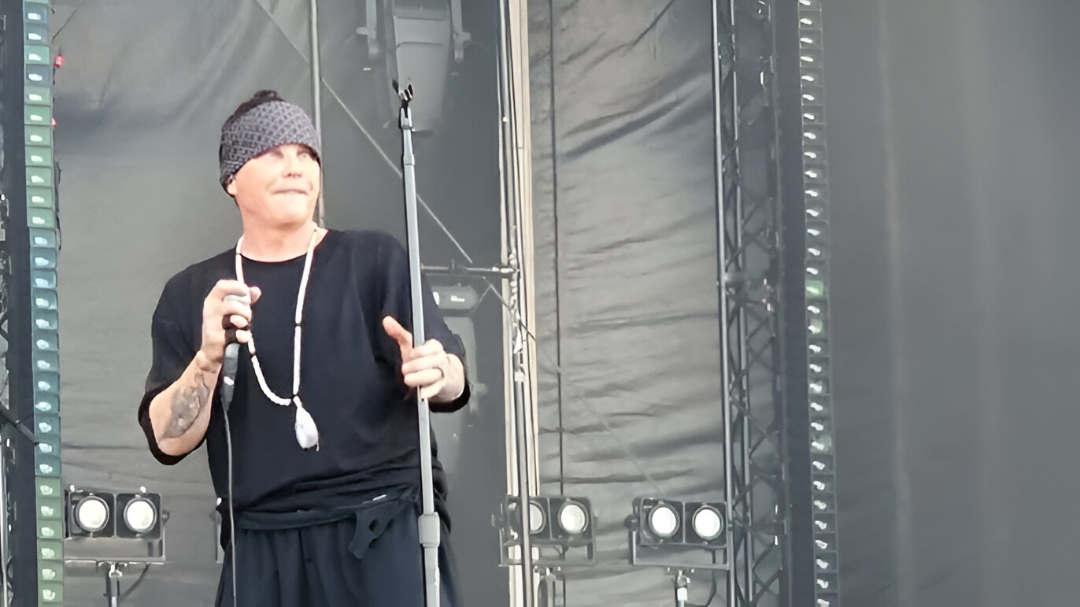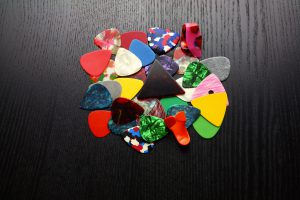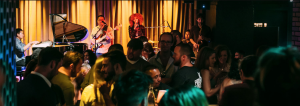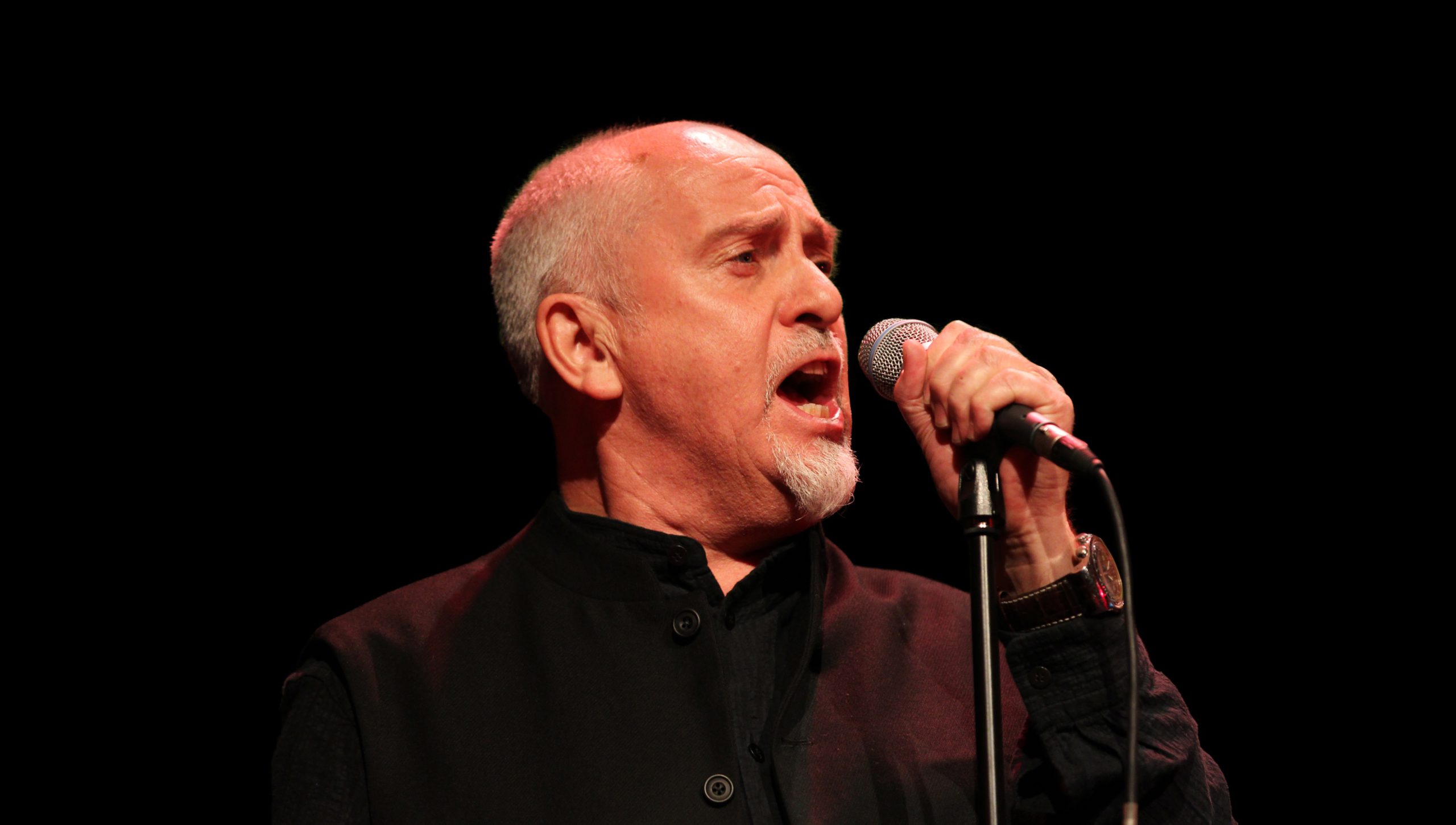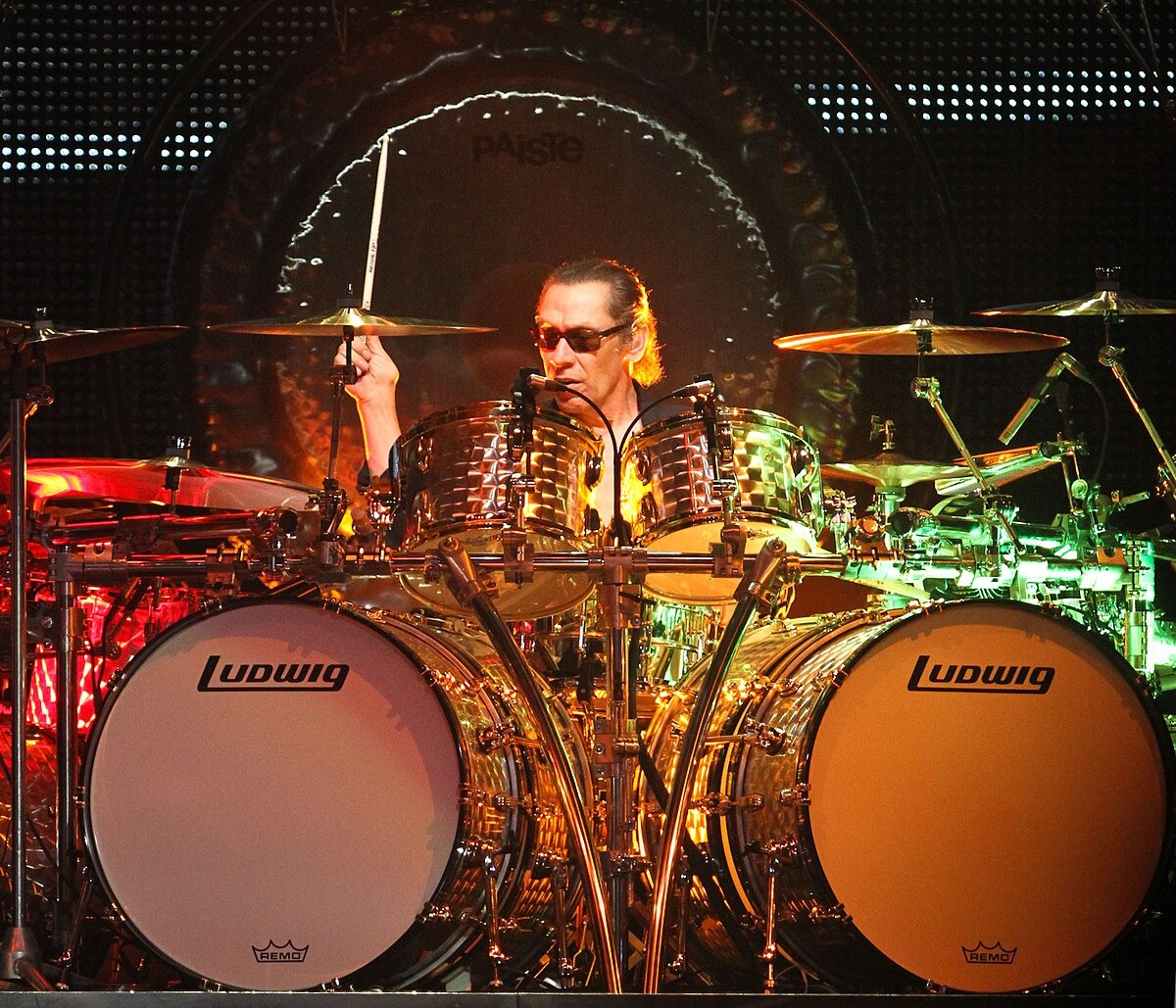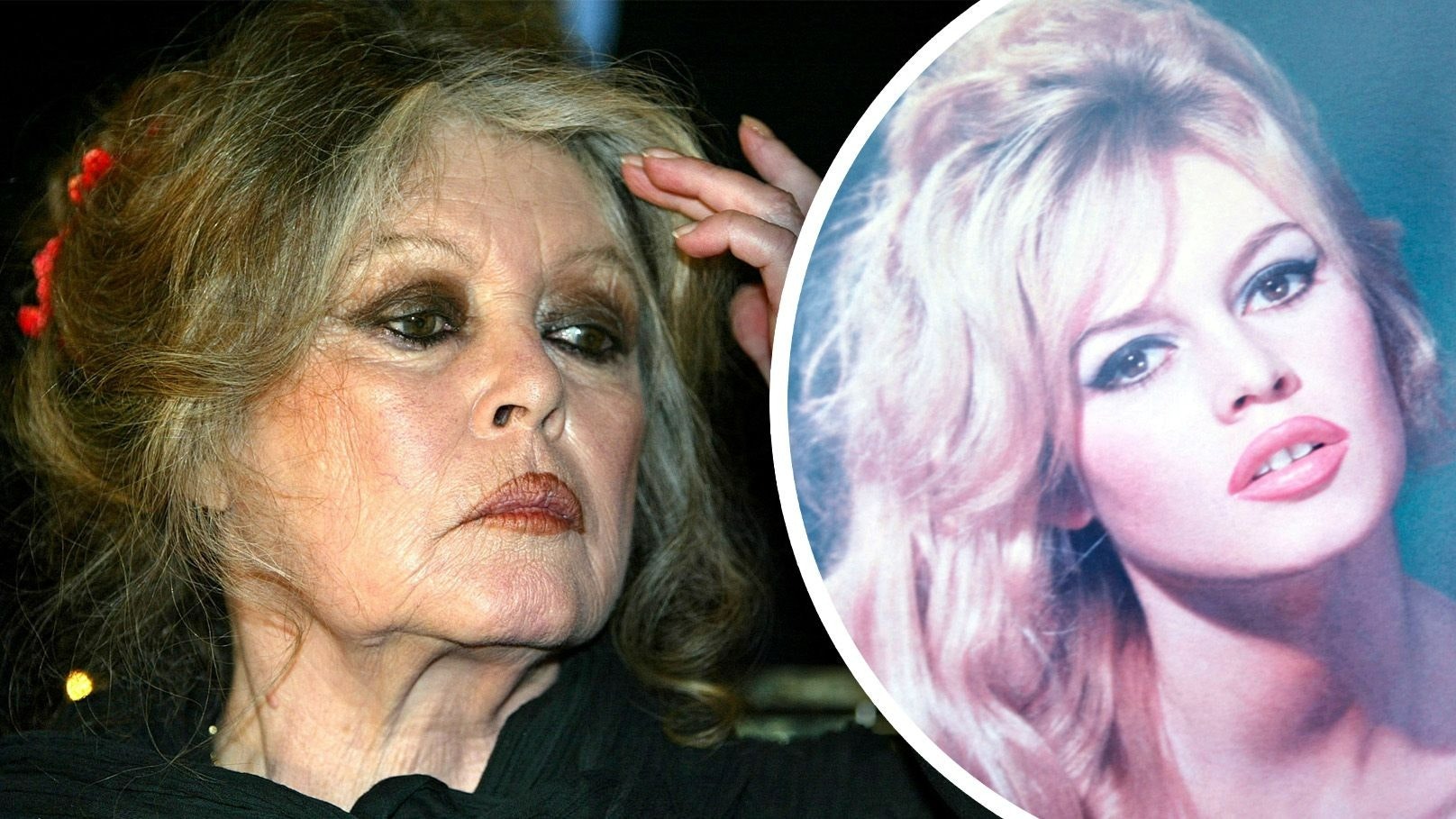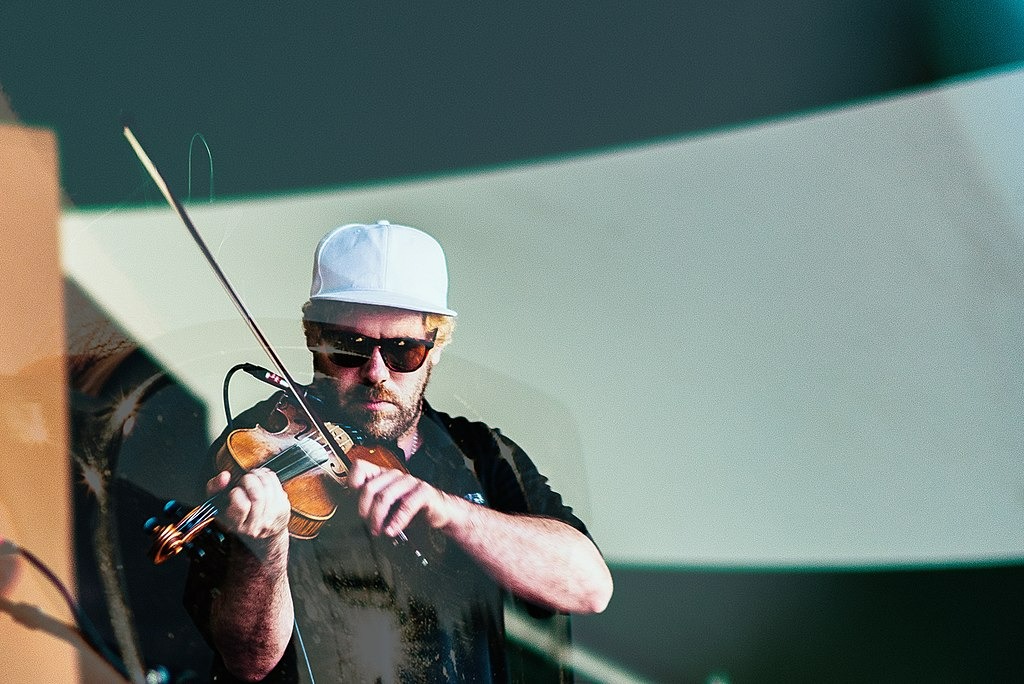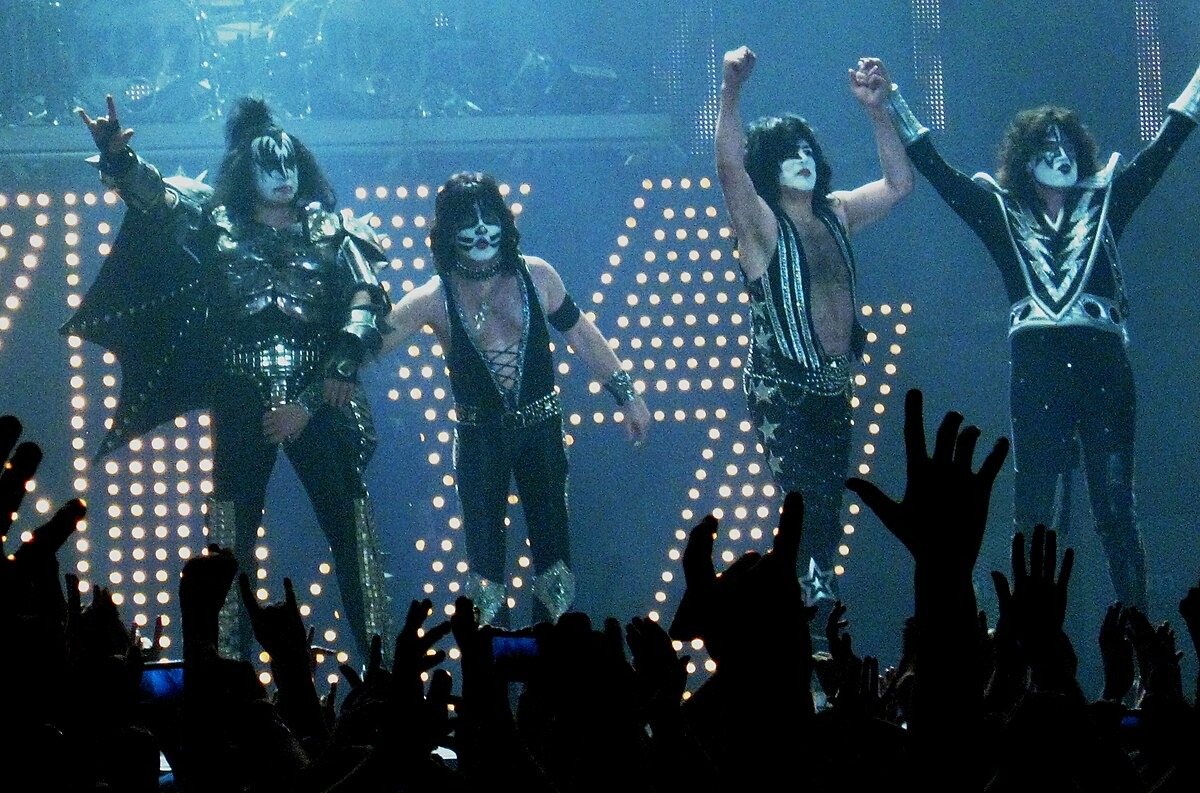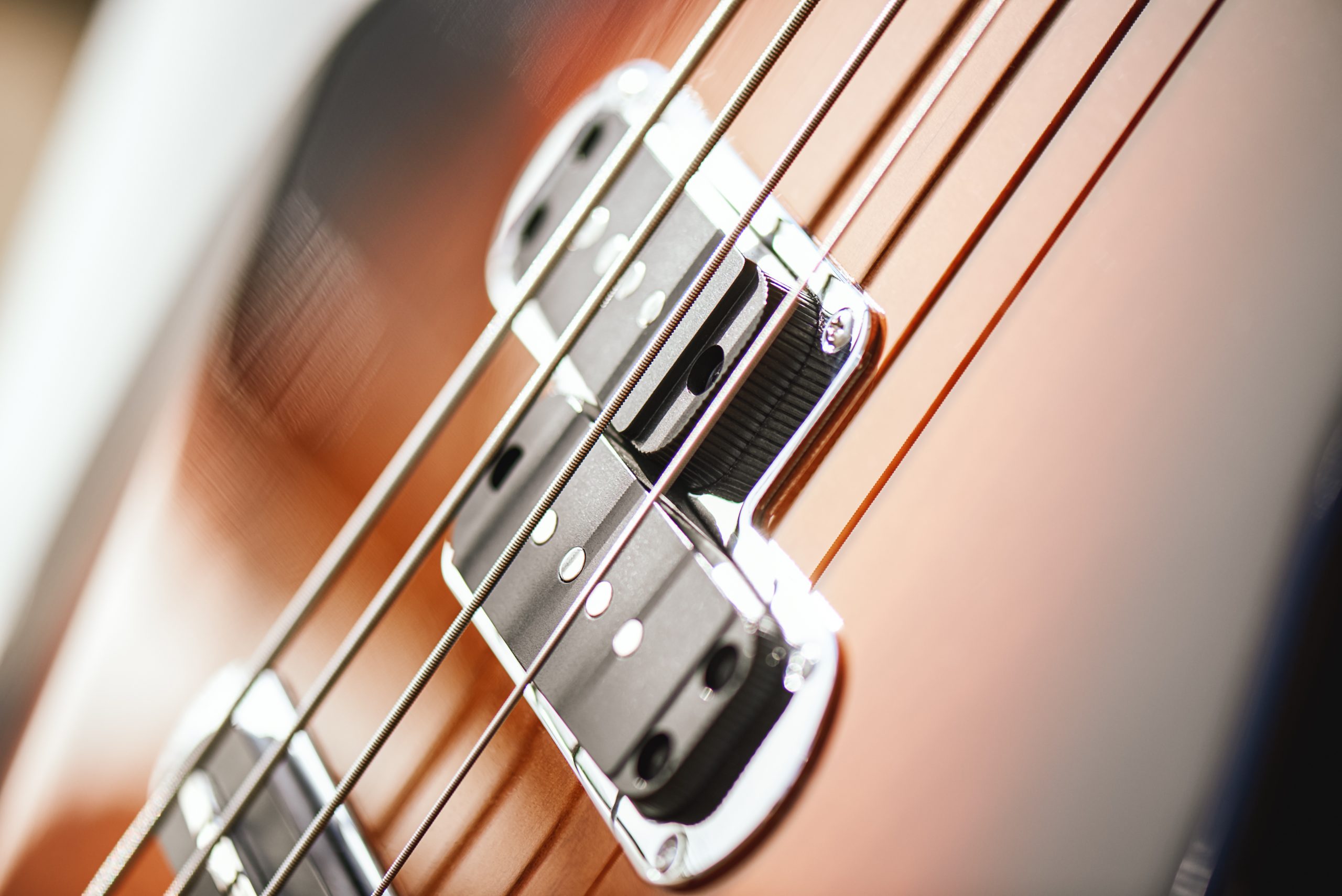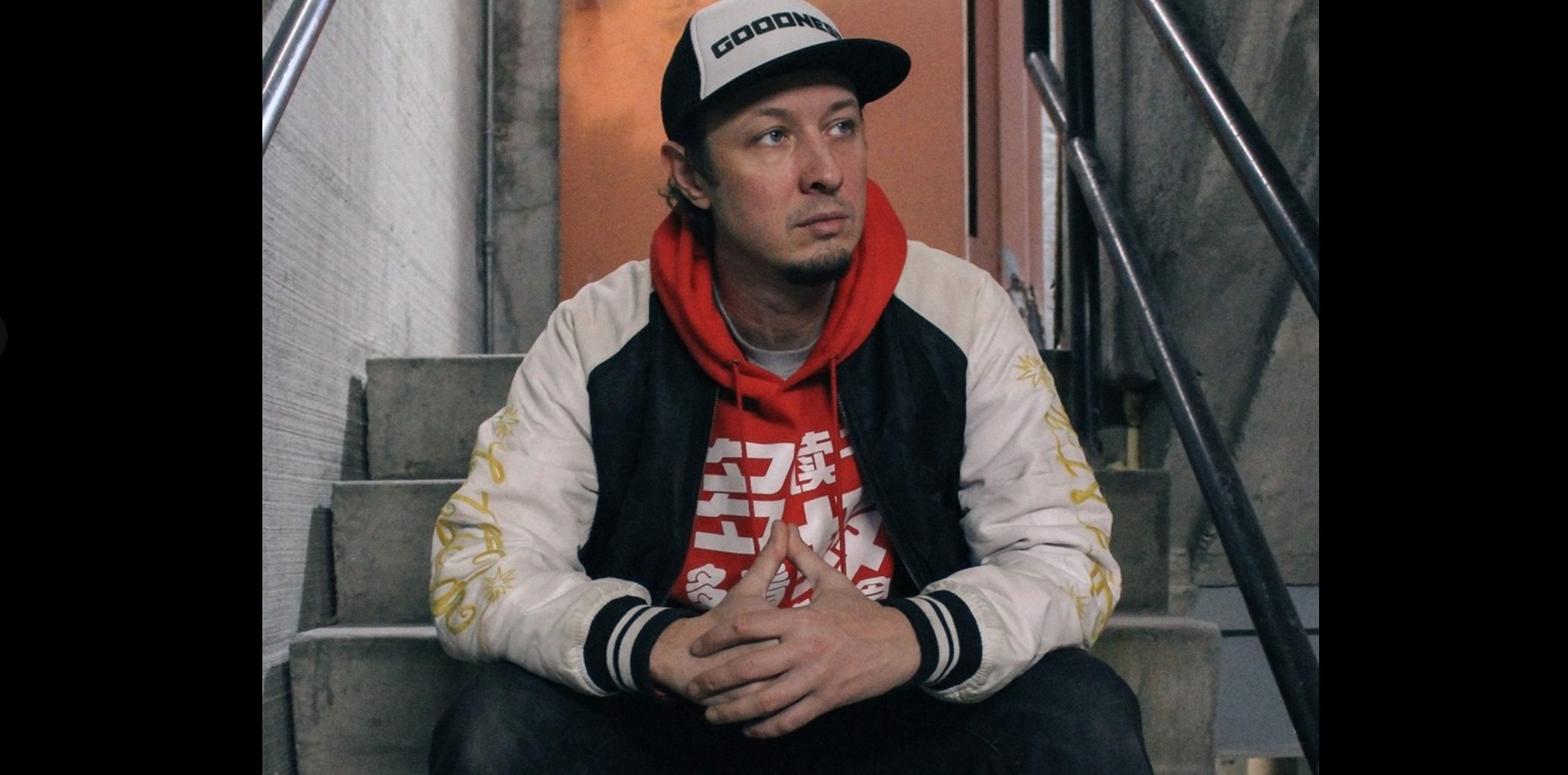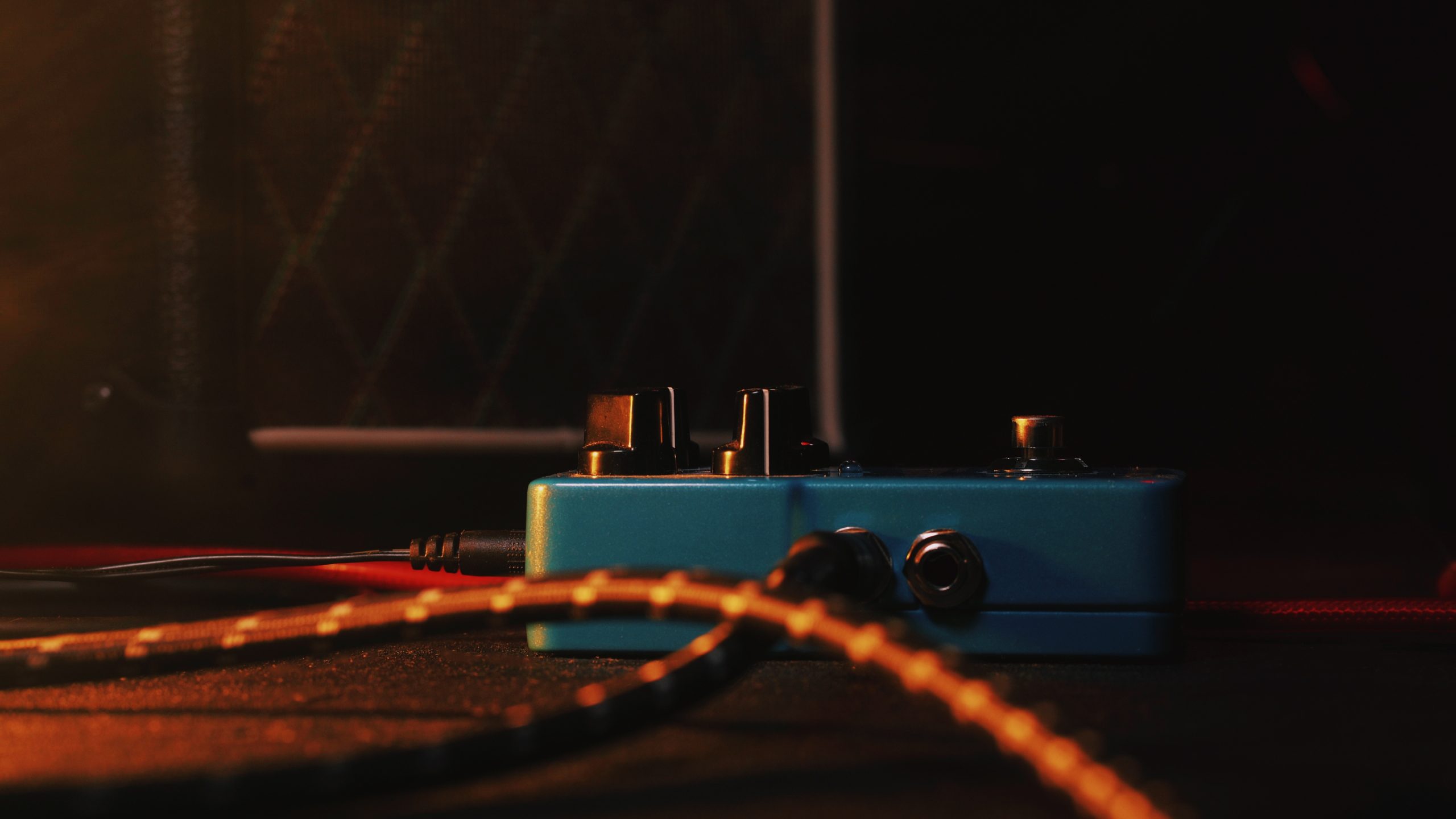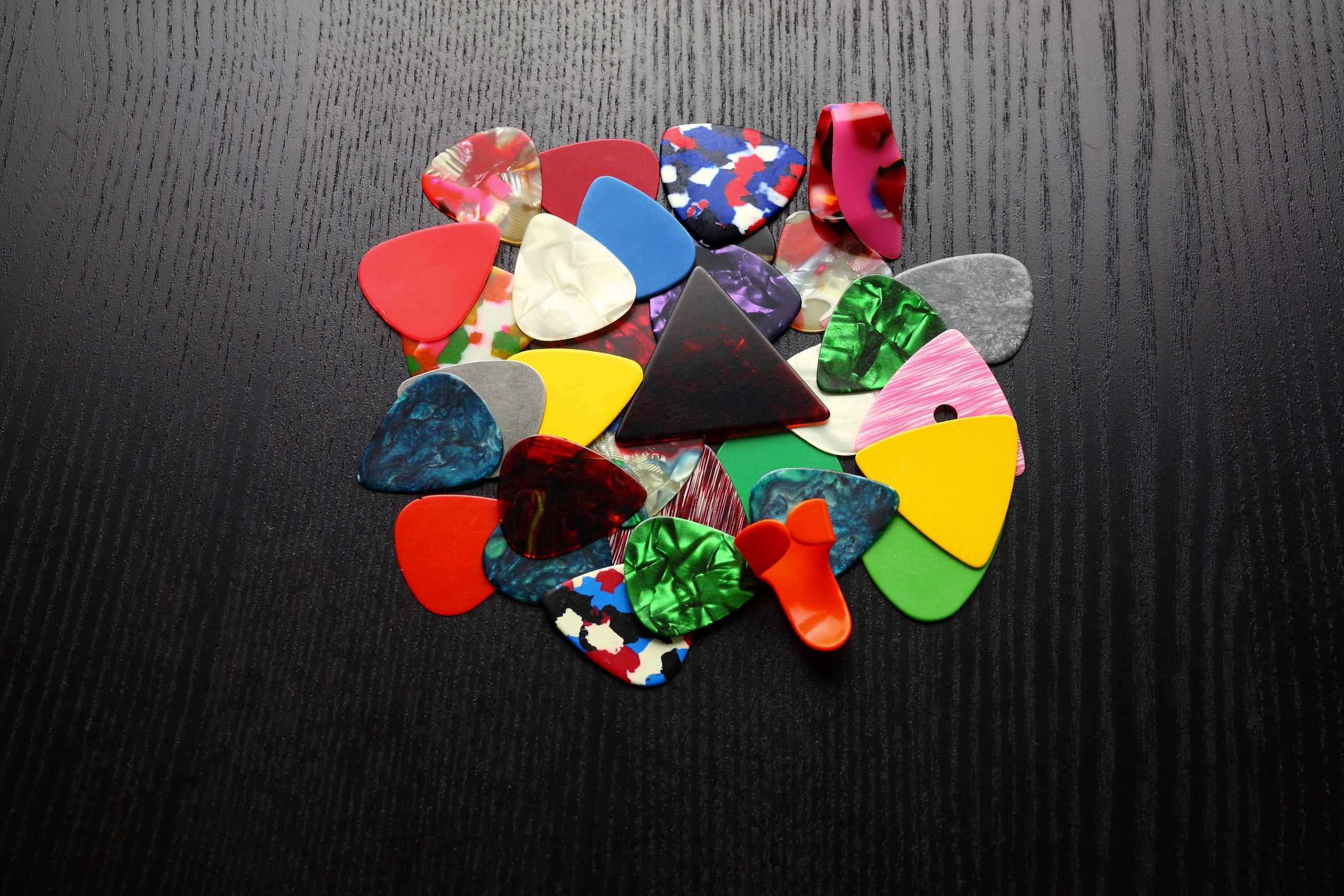Gothic rock shouldn’t launch arena careers, yet The Cult’s Fall 2025 North American tour demonstrates how underground authenticity can sustain decades-long mainstream appeal. By performing dual sets as both Death Cult and The Cult, the British legends are excavating their buried 1980s origins while celebrating their hard rock evolution, creating a template that could revolutionize how legacy acts approach their catalog.
This three-week October run spans 12 cities, kicking off October 9 in Niagara Falls and concluding October 30 in Los Angeles. The tour hits major markets including Boston (Oct. 11), New York (Oct. 14), Washington, DC (Oct. 15), Atlanta (Oct. 18), and San Francisco (Oct. 27). Dark electronic act Patriarchy opens all shows, creating an atmospheric bridge between eras.
The concept represents something rarer than nostalgia tours: artistic archaeology. Death Cult material hasn’t graced major North American stages since the band’s 1984 transformation into The Cult. As Astbury has expressed in various interviews, the band views this tour as an opportunity to excavate different versions of themselves, allowing them to honor the darker, more experimental side that still lives within the band.
This approach addresses a persistent challenge in legacy rock touring: how to satisfy both longtime devotees and casual fans without alienating either group. Most heritage acts default to greatest hits compilations, leaving deep catalog material to rot in archives. The Cult’s dual-identity format offers a potential solution that other acts are already studying.
The current lineup features founding members Ian Astbury (vocals) and Billy Duffy (guitar), joined by John Tempesta (drums), Grant Fitzpatrick (bass), and Damon Fox (keyboards/rhythm guitar). The band has described this as a “communal gathering of the tribes”—bringing together gothic purists who remember Dreamtime and mainstream fans who discovered them through “Fire Woman.” Industry observers note this could establish a new touring model where bands present multiple versions of themselves in a single evening.
The economics make sense, too. Rather than mounting separate tours for different eras—expensive and logistically complex—The Cult maximizes venue capacity by appealing to broader demographics. Early reports suggest strong pre-sale demand, with gothic rock communities mobilizing alongside mainstream rock audiences. This dual-market approach could influence how booking agents structure future legacy tours.
The tour format addresses a persistent challenge in legacy rock touring: how to satisfy both longtime devotees and casual fans without alienating either group. Most heritage acts default to greatest hits compilations, leaving deep catalog material to rot in archives. The Cult’s dual-identity format offers a potential solution that demonstrates unprecedented cross-generational appeal, creating unique cultural moments where different eras of the same band coexist.
While most legacy acts replay greatest hits, The Cult’s dual-identity approach offers something genuinely unprecedented. This isn’t just a concert—it’s a masterclass in how bands can honor their evolution without abandoning their roots. If successful, expect other acts with dramatic stylistic shifts to adopt similar formats. Tickets go on sale Friday, July 18, at 10 AM local time through official channels, marking a fresh chapter in the rise and fall of bands.


